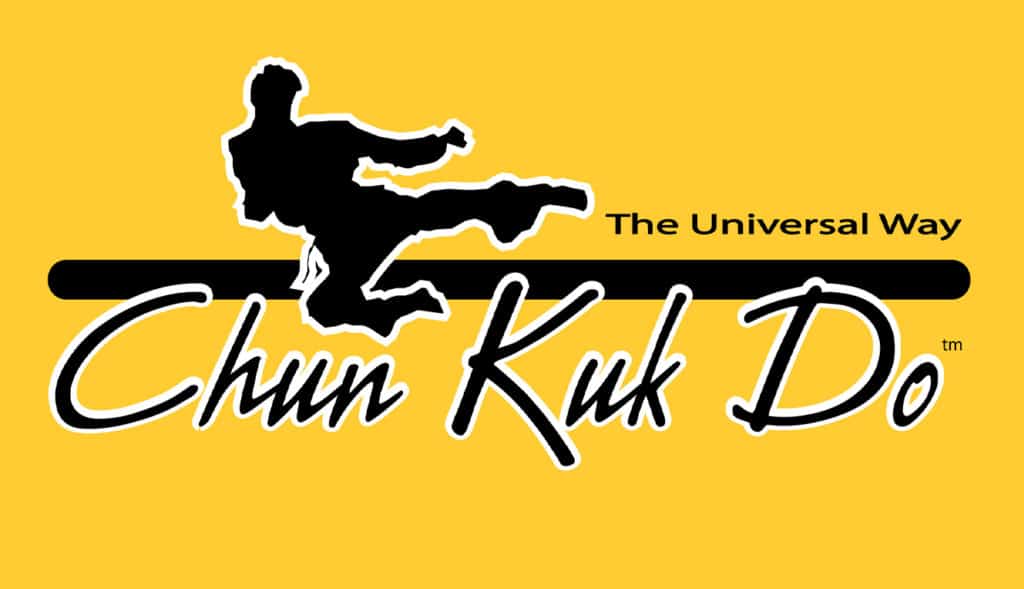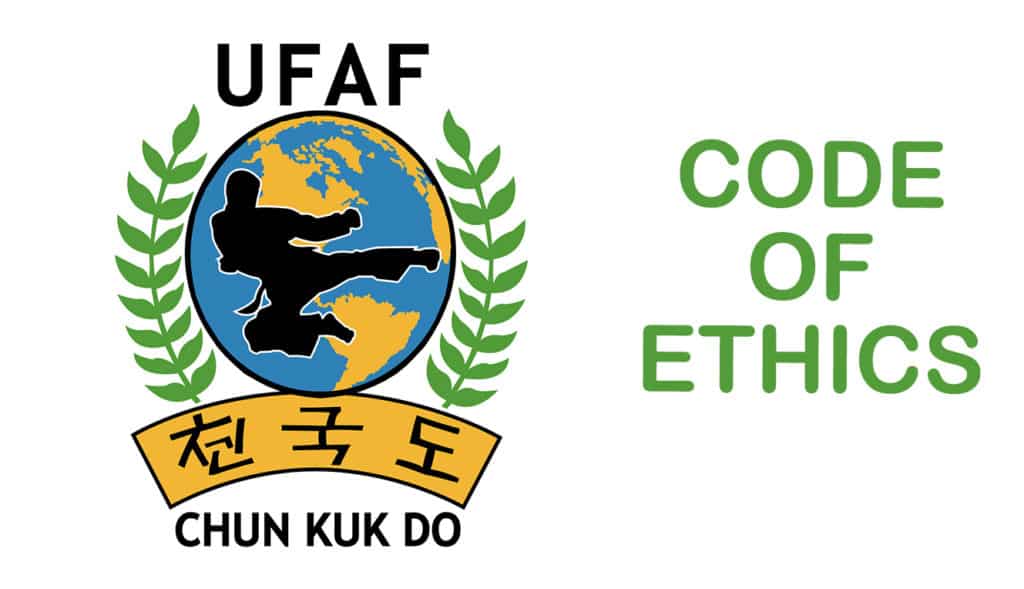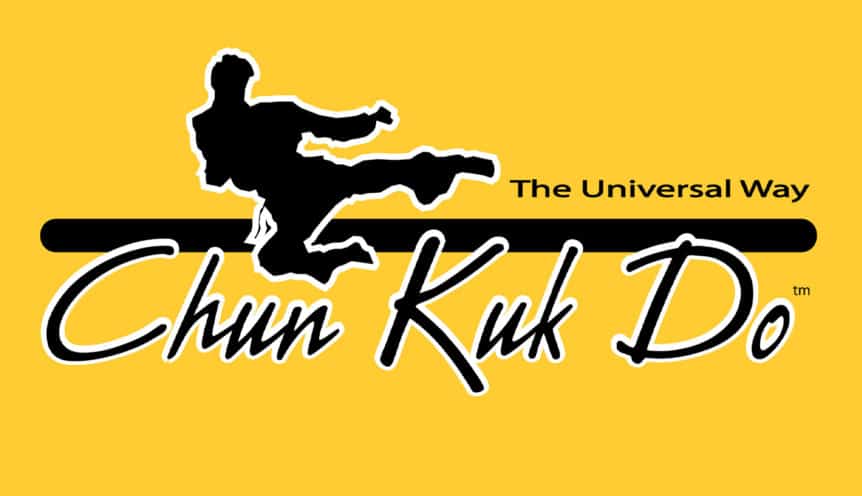
Have you ever watched a Chuck Norris film and wondered what martial art he was practicing?
After all, the moves he does in the films doesn’t really conform to any of the ancient martial arts. It has high-flying kicks reminiscent of Taekwondo, the techniques of Karate, and even the grabs and moves used by Brazilian Jiu-Jitsu artists.
If you’re wondering if this mix of various styles from all around the world has a name, it actually does. This martial art is now known as Chun Kuk Do and is a style still being practiced to this day. In this article, we take a close look at what this fighting style actually is, when it was started, and the state of the fighting style today. Read on to find out more.
What Is Chun Kuk Do?
Chun Kuk Do is a Korean phrase that roughly translates to “the universal way”. While that is the most commonly accepted translation, a closer and more literal translation would be “the way of many lands” or “the way of 1000 lands”. This is a very accurate name as the fighting style is a combination of many different styles found in various corners of the globe.
The art takes most of its inspiration from Tang Soo Do, which is an ancient Korean fighting style that took inspiration for a lot of other traditional techniques found in Kung Fu, Subak, and Taekkyon. But while that served as the main foundation of Chun Kuk Do, it has evolved into much more than that. When watching a practitioner practice the martial art, you’ll see a lot of moves found in Japanese Karate, Judo, Hapkido, Taekwondo, and Brazilian Jiu-Jitsu,
Just like a lot of other martial arts, the highest rank one can get in Chun Kuk Do is a black belt that takes years upon years of dedication, training, and passion to achieve. One can slowly rise in the ranks and get promoted based on your skill and mastery of certain techniques.
Chun Kuk Do Code of Ethics

When Chuck Norris developed this martial art style, he included a code of ethics that students must adhere to when training in Chun Kuk Do. It is a follows:
- I will develop myself to the maximum of my potential in all ways.
- I will forget the mistakes of the past and press on to greater achievements.
- I will always be in a positive frame of mind and convey this feeling to every person that I meet.
- I will continually work at developing love, happiness and loyalty in my family and acknowledge that no other success can compensate for failure in the home.
- I will look for the good in all people and make them feel worthwhile.
- I will say nothing if I have nothing good to say about a person.
- I will give so much time to the improvement of myself that I will have no time to criticize others.
- I will always be as enthusiastic about the success of others as a I am about my own.
- I will maintain an attitude of open-mindedness toward another person’s viewpoint, while still holding fast to that which I know to be true and honest.
- I will maintain respect for those in authority and demonstrate this respect at all times.
- I will always remain loyal to God, my country, my family, and my friends.
- I will remain highly goal-oriented throughout my life, because that positive attitude helps my family, my country, and myself.
When Did Chun Kuk Do Start?
Most sources will point to the year 1990 as the year Chun Kuk Do was originally founded. Though it was developed by Chuck Norris many years before that. The martial art’s inception began during Norris’s time training in Korea while he was in the military.
Norris originally joined the military in 1958 and that’s where things began. Over the next couple of decades, Norris would polish his style and begin to add moves inspired by various other martial arts from all over the world.
Apart from developing a set of moves and techniques, Norris also developed a philosophy that practitioners of the martial art have to follow. This is common in a lot of other fighting techniques. The rules and philosophies of Chun Kuk Do were inspired by Norris’s personal code.
The rules involve developing oneself to the maximum level, constantly looking forward, and being a good, loyal, kind, and respectful person with goals that they are working to achieve. This philosophy is also referred to as “the universal way”.
Who Started The Martial Art?
As mentioned earlier, Chun Kuk Do was founded and developed by Chuck Norris. Most people know Norris as an action star, but his life actually has a very rich history which we’ll dive into in this section.
Norris was born in Ryan, Oklahoma in 1940 and his father was a World War II soldier, mechanic, bus driver, and truck driver. While he grew up to be the epitome of a tough and strong man later in life, his childhood was often described by himself as downbeat. Norris claims he was a non-athletic and shy kid growing up.
The thing would soon change, however when an 18-year old Norris would join the military in 1958. He joined the United States Air Force as an Air Policeman and was then sent to the Osan Air Base in South Korea. It was here where he began his martial arts training.
Norris was discharged from the military in 1962 and applied as a police officer in California. While on the waiting list, Norris decided to open up a martial arts studio and did demonstrations in various events to promote it.
Norris then began joining martial arts competitions soon after, and that’s where his career truly began. He was known as a top-tier fighter, winning a variety of Karate competitions all around the country. It was at this point in his life where he met Bruce Lee, another iconic martial artist who Chuck developed a working and friendly relationship with.
In 1969, Norris won the triple crown for Karate by winning the most tournaments that year and was named Fighter of The Year by Black Belt magazine. It was also in this year that he made his film debut in Wrecking Crew, a film by Dean Martin.
After that, they say, the rest is history, Norris would begin to appear and even star in many films after that for decades to come. The film that truly launched him into stardom, however, was the Way Of The Dragon (called Return Of The Dragon in the United States) where he played the nemesis of Bruce Lee.
The film is lauded as one of the best martial arts films of all time and is one of Norris’ most iconic roles to date. Norris would continue to rise in fame and popularity over the course of the next couple of decades, and in 1990, he formally founded his own fighting style, Chun Kuk Do, which is practiced by many people around the world today.
What Are The Forms For Chun Kuk Do?
Since this Martial art has been greatly influenced by the Korean Martial Art of Tang Soo Do, you will see alot of similarities with these forms.
- Kam Sah (white belt)
- Giecho Hyung Il Bu (yellow Belt)
- Giecho Hyung Il Bu Sang Gup (yellow belt stripe)
- Giecho Hyung Yi Bu (orange belt)
- Giecho Hyung Yi Bu Sang Gup
- Giecho Hyung Sahm Bu (purple belt)
- Pyong An Cho Dan (green belt)
- Pyong An Yi Dan
- Pyong An Sahm Dan (brown belt)
- Pyong An Sa Dan
- Pyong An Oh Dan (brown belt stripe)
- UFAF Form 1 (red belt) – This is split into Part 1 and Part 2 currently
- UFAF Form 2 (red belt stripe) – Formerly UFAF Form 3
- Bassai (black belt)
What Is Chun Kuk Do Today?
The martial art is now headed by United Fighting Arts Federation (UFAF), which holds annual training seminars in Las Vega, Nevada, and hosts the Chun Kuk Do World Championships.
They are largely considered to be the chief governing body of Chun Kuk Do as they have truly formalized the sport. There are currently two sparring competitions practitioners compete in, one in which they use their bare hands and one where they use various weapons such as stick and nunchaku.
Final Thoughts
There you have it, a brief overview of Chun Kuk Do. It is a very interesting fighting style with a rich history and philosophy that can’t be tackled all in one article. But this is a good start. It was founded by one of the most iconic martial artists of our time, and will surely continue to grow and rise in popularity as more and more people begin learning “the universal way”.

